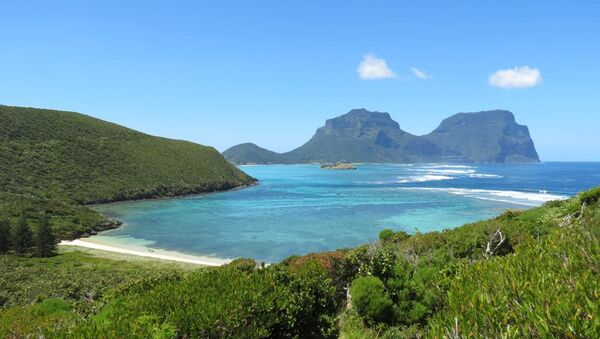Some of the 70-million-year-old secrets of Zealandia, a hidden continent in the South Pacific, have been revealed by scientists after a two-month expedition.
Scientists drilled into the seabed at six different sites at water depths of more than 1,250 meters to collect more than 8,000 specimens and hundreds of fossil species to record historic changes in the geography, volcanism and climate of Zealandia.
More than 90% submerged, the continent includes Lord Howe Island off the east coast of Australia, the French territory of New Caledonia and New Zealand.

The expedition offered insights into the Earth's geological changes, including the shifting movements of Earth's tectonic plates, changes in ocean circulation and the global climate.
"Big geographic changes across northern Zealandia, which is about the same size as India, have implications for understanding questions such as how plants and animals dispersed and evolved in the South Pacific," expedition co-chief scientist Rupert Sutherland of Victoria University of Wellington in New Zealand explained.

Once part of the ancient Gondwana supercontinent that broke up about 180 million years ago, Zealandia is believed to have separated from Australia and Antarctica about 100 million years later.
Measuring about five million square kilometers, it was declared a distinct continent earlier this year after scientists discovered that it meets all the necessary criteria. These include its distinctive geology, elevation above the surrounding area and its crust, which is thicker than the regular ocean floor.


